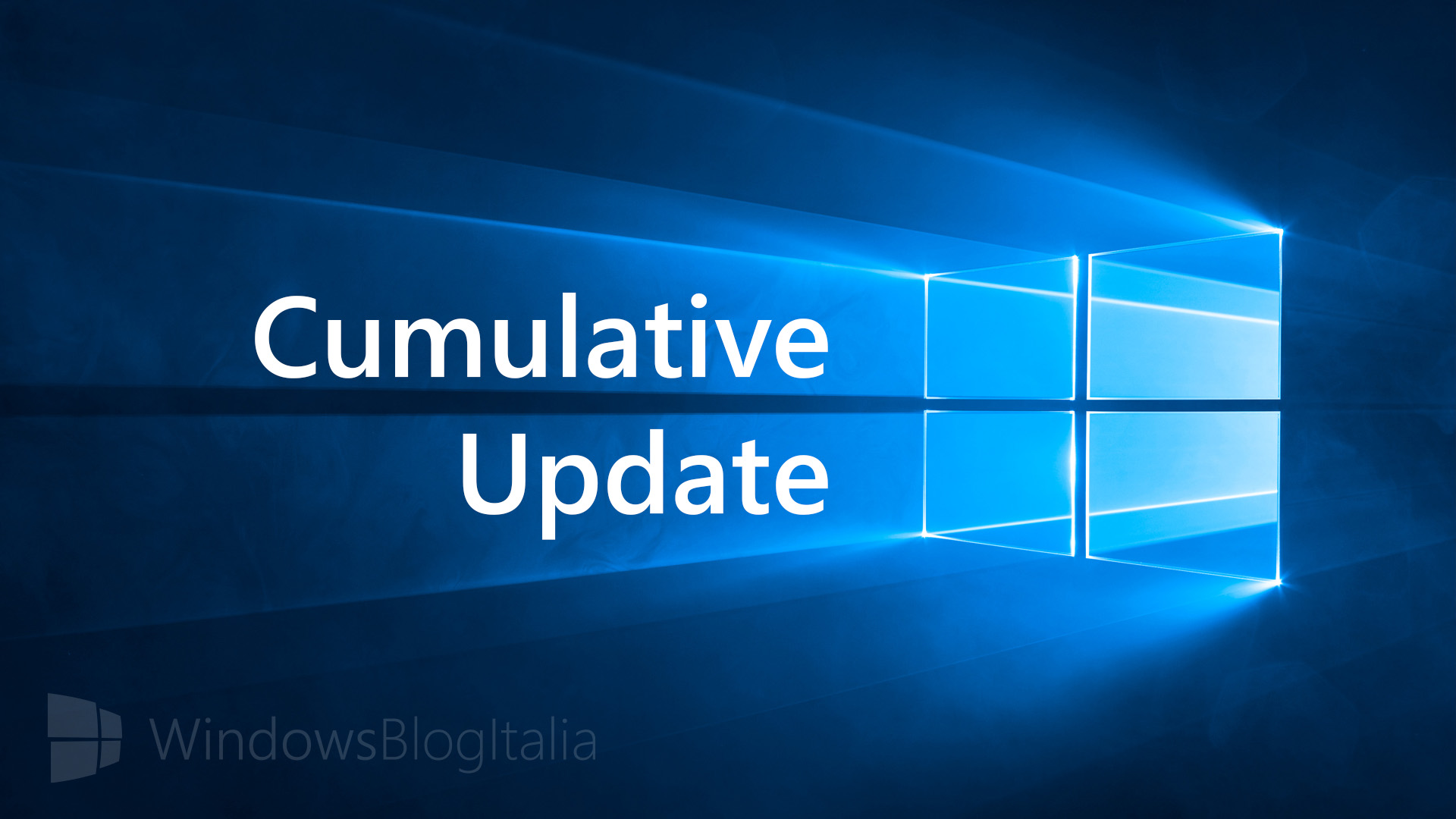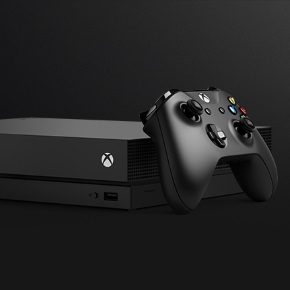
Microsoft ha appena rilasciato in anteprima Windows 10 Build 15063.447 per PC e tablet. Si tratta di un aggiornamento cumulativo distribuito in anteprima ai partecipanti al programma Insider; probabilmente verrà rilasciato pubblicamente nei prossimi giorni.
AGGIORNAMENTO | Microsoft ha rilasciato l’aggiornamento KB4034450 (Build 15063.448) che sostituisce il precedente KB4022716 (Build 15063.447) introducendo un fix al problema che faceva visualizzare uno schermo nero all’avvio di alcuni computer Windows 10.
Novità Windows 10 Build 15063.447 e 15063.448
- Addressed an issue introduced by KB4022725 where Internet Explorer and Microsoft Edge printing from a frame may result in 404 not found or blank page printed.
- Addressed issue where network printers may fail to install when using the printer vendor’s setup software on machines with less than 4 GB of RAM. These printers will install properly if you install using the Settings app or from Devices and Printers in Control Panel.
- Addressed issue that causes high memory usage for the Camera app on mobile platforms, which reduces battery life. Any app that uses a media capture element (MCE) or media element (ME) and plays 1080p will consume a lot of power, which will significantly reduce battery life.
- Addressed issue where, after updating to the Creators Update, devices that have Receive Segment Coalescing (RSC) enabled have significantly low wireless throughput.
- Addressed issue (Error 0x7F) with Windows Forms (WinForms) that causes the system to crash after upgrading to the Creators Update.
- Addressed issue that prevents users from connecting to the Terminal Services Gateway (TSG) running on Windows Server 2008 SP2 after upgrading to the Creators Update. As a result, users cannot access Remote Desktop Services or remote apps.
- Addressed issue where, if you specify an auto-logon configuration in Unattend.xml, auto-logon only works on the first logon, but will not work again when the device is restarted.
- Addressed issue where users cannot sign in with Face after upgrading to Windows 10 RS2.
- Addressed issue where, after upgrading to Windows 10 RS2, modem dial-up fails with Error 633.
- Addressed issue where the smartcard service (sccardsvr.exe) stops periodically and never restarts when the smart card application attempts to access the cards.
- Addressed issue where, when a laptop connected to an ISCSI disk leaves the corporate network, an error may occur when it resumes if it does not connect to the VPN fast enough.
- Addressed issue where a remote desktop connection with Windows 2016 RDS server fails authentication when using smartcards.
- Addressed issue where Open Mobile Alliance (OMA) Device Management (DM) uses the wrong interface to index the on-demand APN.
- Addressed issue with a memory leak in the camera platform across all devices for PC (MIPI and USB cameras).
- Addressed issue where, if the device lid close action was set to “Do Nothing”, closing and re-opening the lid causes all Universal Windows Platform apps to stop responding.
- Addressed issue with failed login scenarios that occur because the device does not reconnect to the host PC.
- Addressed issue where users must wait between 40 to 60 minutes after a print spooler restart before attempting to change any printer settings.
- Addressed issue where the cursor type does not maintain the arrow shape when the user mouses over a select option in Internet Explorer.
- Addressed issue where searching for a string on a page that has many iframes causes Internet Explorer to stop working.
- Addressed issue where Internet Explorer stops responding when a user clicks on an empty column header and then immediately holds down the SHIFT key and double clicks.
- Addressed issue where the onhashchange event is not called when navigating hashed URLs in Internet Explorer.
- Addressed issue to improve pairing, connecting, synchronizing, and notifications experiences for a third-party wearable device.
- Addressed issue to improve Bluetooth connectivity to wearable devices.
- Addressed issue where the NewWindow3 event is not called in Internet Explorer.
- Address issue with a memory leak that occurs when calling BluetoothGATTRegisterEvent() and BluetoothGATTUnregisterEvent() functions for an NFC card reader.
- Addressed issue where a clear (x) button inside HTML text fields cannot be disabled using the ::ms-clear attribute when Document Modes are less than 10 in Internet Explorer 11.
- Addressed issue where Internet Explorer 11 would fail to load HTML page after installing KB3021952.
- Addressed issue where a Windows Phone experiences data loss (email, contact, SMS, etc.) caused by Unistore database corruption.
- Addressed issue where guest VMs bound to a wireless NIC can lose network connectivity if the guest does not send an Address Resolution Protocol (ARP) packet in the fixed timeout window (5 minutes).
- Addressed issue where certain elements (input or select) cannot be active targets of any action in Internet Explorer 11. This occurs after removing an iframe that contained a cursor inside certain elements (input or select) and then adding a new iframe.
- Addressed issue with NVIDIA drivers that stop working (Error 0x9f) when the system goes to sleep. This also causes a shutdown of Microsoft Surface Hubs.
- Addressed issue to improve Remote Desktop Protocol connections to an RD Gateway configured for RPC over HTTP.
- Addressed issue with non-UWP applications calling into Windows.Devices.Bluetooth API’s to register callbacks or Async operations.
- Addressed issue with an NFC driver that becomes non-functional because of improperly tracked timer handles.
- Addressed issue with Centennial apps that fail if they try to use the Payment Request API.
- Addressed issue where the Disk Cleanup and the Storage Settings tool remove files from system32 when file paths exceed the MAX_PATH size; as a result, the machine cannot be booted.
- Addressed issue to set the default cellular data roaming setting to “Don’t roam” when upgrading to Windows 10 Version 1703.
- Addressed issue that lead to the loss of functionality on certain third-party network adapters after upgrading to Windows 10 Version 1703.
DOWNLOAD E INSTALLAZIONE DI WINDOWS 10 BUILD 15063.447
- Recatevi in Impostazioni > Aggiornamento e sicurezza > Programma Windows Insider.
- Cliccate Per iniziare.
- Visualizzerete il messaggio Caricamento in corso – attendete.
- Cliccate sul pulsante Collega un account.
- Scegliete l’account Microsoft da utilizzare e cliccate sul pulsante Continua.
- Visualizzerete il messaggio Caricamento in corso – attendete.
- Alla voce Con che frequenza desideri ricevere le anteprime di build? scegliete Lento – Ideale per i partecipanti al Programma Windows Insider che sono interessati a vedere le versioni di anteprima con rischi minimi per i loro dispositivi, e che comunque vogliono collaborare con il loro feedback alla realizzazione di dispositivi Windows eccezionali.
- Cliccate sul pulsante Conferma.
- Potreste visualizzare il messaggio Per chiarezza. Leggete attentamente quanto riportato e cliccate sul pulsante Conferma.
- Visualizzerete il messaggio Ancora un passaggio…. Leggete attentamente quanto riportato e cliccate sul pulsante Riavvia ora.
- Al termine del riavvio, recatevi in Impostazioni > Aggiornamento e sicurezza > Programma Windows Insider e assicuratevi di essere entrati nel programma Insider.
Al riavvio, recatevi in Impostazioni > Sistema > Informazioni su e verificate che vicino a Build SO sia indicata la versione 15063.447.
L’update KB4022716, che aggiorna Windows 10 alla Build 15063.447, è disponibile anche al download manuale. A questo indirizzo è disponibile la versione a 64-Bit, a quest’altro indirizzo è disponibile la versione a 32-Bit.
Installerete questa nuova versione? Cosa ne pensate di questo ulteriore aggiornamento cumulativo per Windows 10? Diteci la vostra nei commenti.
Articolo di Windows Blog Italia
Raccomandazione: https://www.techopedia.com/gambling/best-online-poker-sites












